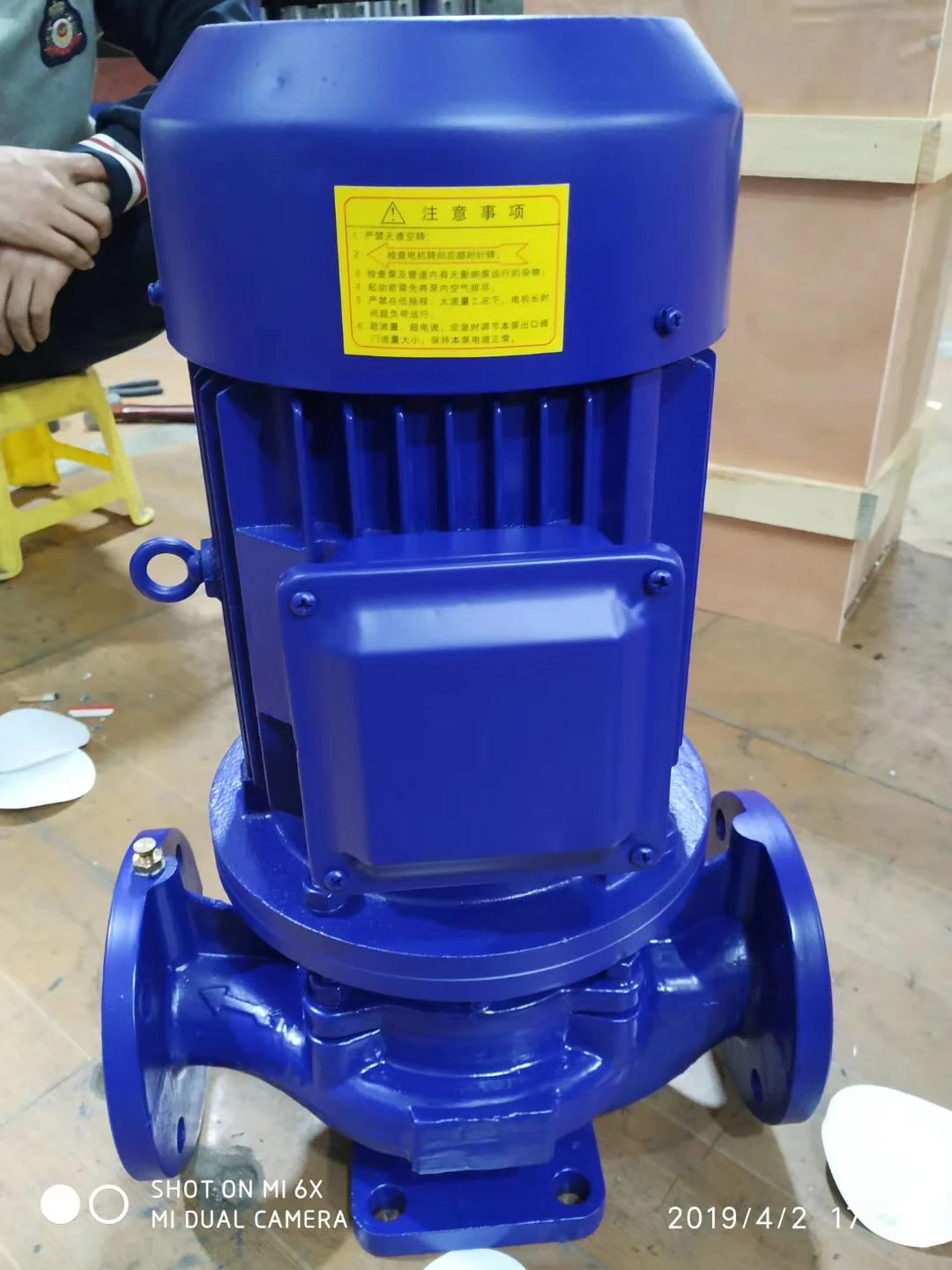Yoruba
- Afrikaans
- Albanian
- Amharic
- Arabic
- Armenian
- Azerbaijani
- Basque
- Belarusian
- Bengali
- Bosnian
- Bulgarian
- Catalan
- Cebuano
- Corsican
- Croatian
- Czech
- Danish
- Dutch
- English
- Esperanto
- Estonian
- Finnish
- French
- Frisian
- Galician
- Georgian
- German
- Greek
- Gujarati
- Haitian Creole
- hausa
- hawaiian
- Hebrew
- Hindi
- Miao
- Hungarian
- Icelandic
- igbo
- Indonesian
- irish
- Italian
- Japanese
- Javanese
- Kannada
- kazakh
- Khmer
- Rwandese
- Korean
- Kurdish
- Kyrgyz
- Lao
- Latin
- Latvian
- Lithuanian
- Luxembourgish
- Macedonian
- Malgashi
- Malay
- Malayalam
- Maltese
- Maori
- Marathi
- Mongolian
- Myanmar
- Nepali
- Norwegian
- Norwegian
- Occitan
- Pashto
- Persian
- Polish
- Portuguese
- Punjabi
- Romanian
- Russian
- Samoan
- Scottish Gaelic
- Serbian
- Sesotho
- Shona
- Sindhi
- Sinhala
- Slovak
- Slovenian
- Somali
- Spanish
- Sundanese
- Swahili
- Swedish
- Tagalog
- Tajik
- Tamil
- Tatar
- Telugu
- Thai
- Turkish
- Turkmen
- Ukrainian
- Urdu
- Uighur
- Uzbek
- Vietnamese
- Welsh
- Bantu
- Yiddish
- Yoruba
- Zulu
Telephone: +86 13120555503
Email: frank@cypump.com
Dec . 12, 2024 21:47 Back to list
pipeline pumping
Understanding Pipeline Pumping A Vital Component of Fluid Transport
Pipeline pumping is a crucial process in the transportation of various fluids, including water, oil, gas, and chemicals. As global demand for these resources increases, the efficiency and reliability of pipeline systems become increasingly important. This article delves into the mechanics of pipeline pumping, its types, applications, and the challenges faced in this vital sector.
The Mechanics of Pipeline Pumping
At its core, pipeline pumping involves the movement of fluids through a series of pipes, which can span hundreds or even thousands of miles. The process requires the integration of several key components, including pumps, valves, and control systems. Pumps play a critical role, providing the necessary pressure to move fluids through the pipeline system.
There are various types of pumps used in pipeline systems, including centrifugal pumps, positive displacement pumps, and submersible pumps. Centrifugal pumps, the most common type, work by converting rotational kinetic energy into hydrodynamic energy, which propels the fluid through the pipeline. Positive displacement pumps, on the other hand, move fluid by trapping a fixed amount and forcing it through the discharge. Each type of pump has its advantages, and the choice depends on the specific requirements of the fluid being transported, such as viscosity and flow rate.
Applications of Pipeline Pumping
Pipeline pumping systems have diverse applications across multiple industries. In the oil and gas sector, for example, pumping is essential for transporting crude oil from extraction sites to refineries and distributing it to various markets. The chemical industry relies on pipeline pumping to move corrosive and hazardous substances safely. Additionally, municipal water systems use pumping to distribute clean drinking water to communities and transport wastewater to treatment facilities.
Agriculture also benefits from pipeline pumping, particularly in irrigation systems. Turf management, crop irrigation, and nutrient delivery all depend on efficient pumping systems to ensure consistent and adequate water supply. As technology evolves, emerging fields such as geothermal energy and carbon capture and storage are also beginning to employ pipeline pumping techniques.
pipeline pumping

Challenges in Pipeline Pumping
Despite its significance, pipeline pumping comes with various challenges. One of the primary concerns is ensuring the integrity of the pipeline system to prevent leaks and failures. Corrosion, pressure fluctuations, and mechanical wear can compromise the pipeline’s structure, leading to environmental disasters and economic losses. Regular maintenance, monitoring systems, and the use of advanced materials are essential in mitigating these risks.
Energy consumption is another challenge associated with pipeline pumping. Pumping systems can be significant energy consumers, particularly in long-distance transportation. Implementing energy-efficient technologies and optimizing pump performance can help reduce costs and minimize the environmental impact of pipeline operations. Innovations such as variable frequency drives and advanced control systems are contributing to more energy-efficient pumping solutions.
Moreover, regulatory compliance plays an essential role in pipeline pumping. Governments around the world impose stringent regulations to protect the environment and public safety. Companies must adhere to these regulations while maintaining efficient operations, often resulting in increased operational costs.
The Future of Pipeline Pumping
The future of pipeline pumping is poised for transformation, driven by technological advancements. Automation, artificial intelligence, and real-time monitoring systems are becoming integral to optimizing pumping operations, enhancing safety, and improving efficiency. Additionally, the transition toward renewable energy sources necessitates innovative approaches to fluid transport, pushing the industry toward more sustainable practices.
In conclusion, pipeline pumping is a pivotal process essential for maintaining the flow of fluids across various sectors. Understanding the mechanics, applications, and challenges associated with this field is crucial for developing efficient and safe systems. As technology continues to advance, the pipeline pumping industry must adapt and evolve, ensuring reliable transportation while minimizing environmental impact.
-
Custom Drilling Mud and Slurry Pump Supplier - High Efficiency, Tailored Solutions
NewsJun.10,2025
-
Supply Vertical Submersible Sewage Pump High-Efficiency WQ/QW Pumps Supplier
NewsJun.10,2025
-
Premium Sewage Ejection System & Pumps Efficient Waste Removal
NewsJun.09,2025
-
Premium Wholesale Slurry Pump Impellers Durable & Efficient Slurry Handling
NewsJun.09,2025
-
Top Sewage Pump Companies Durable Industrial Solutions for Efficiency
NewsJun.09,2025
-
Heavy Duty Slurry Pumps - OEM High Performance & Bulk Wholesale
NewsJun.09,2025










